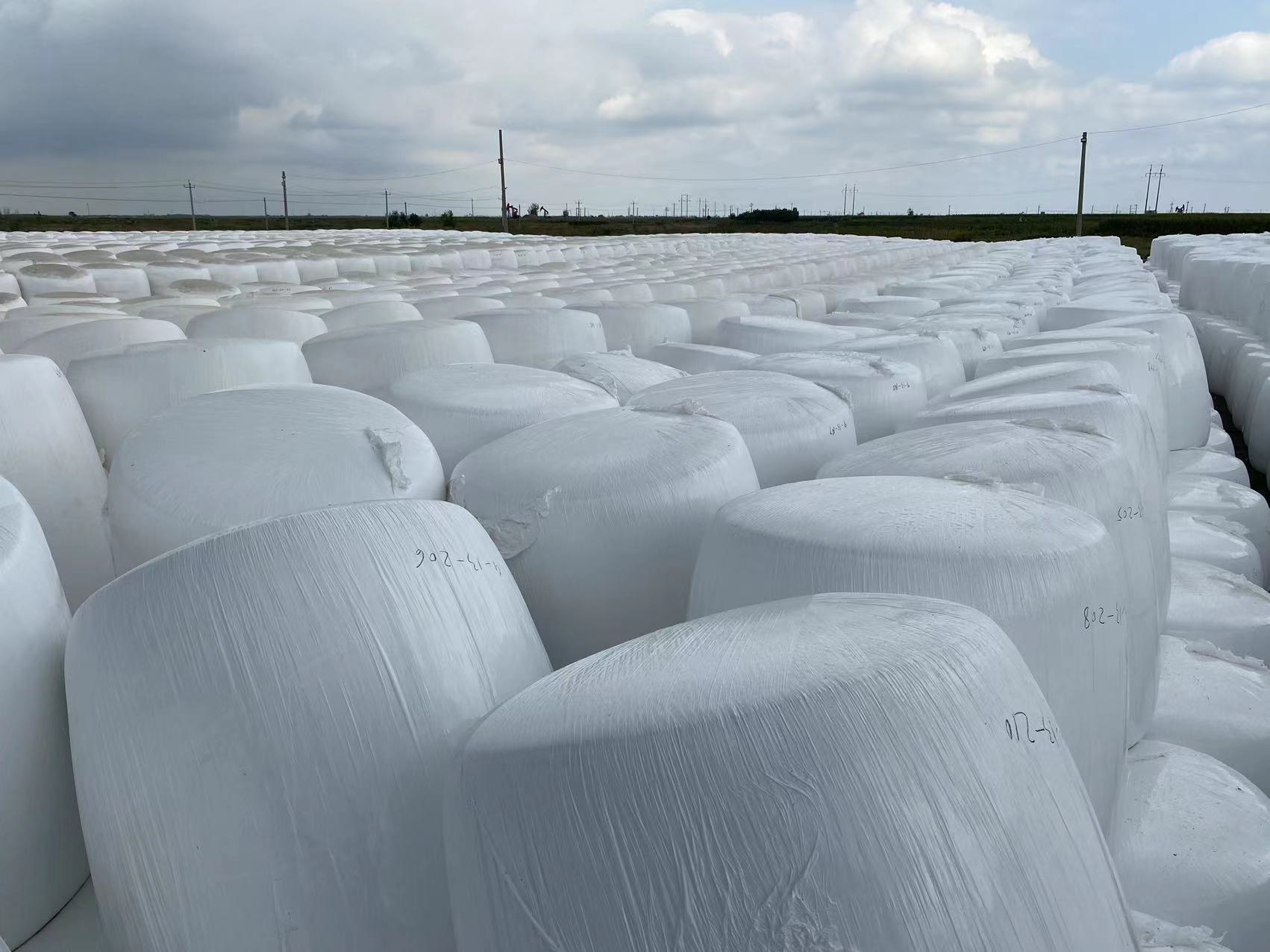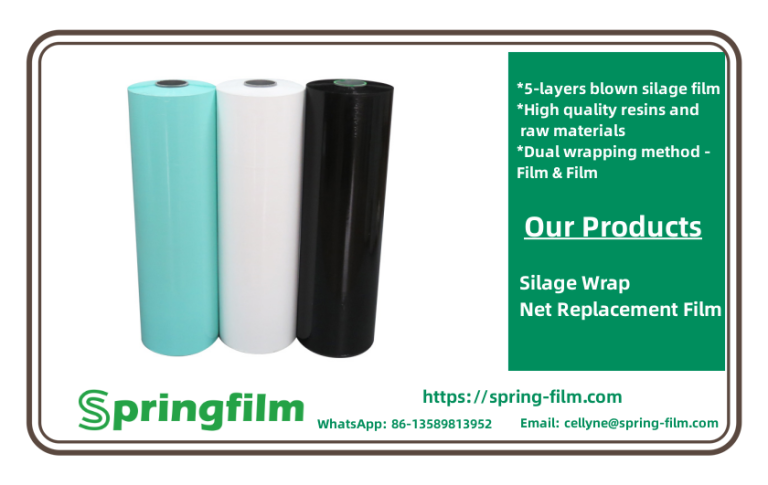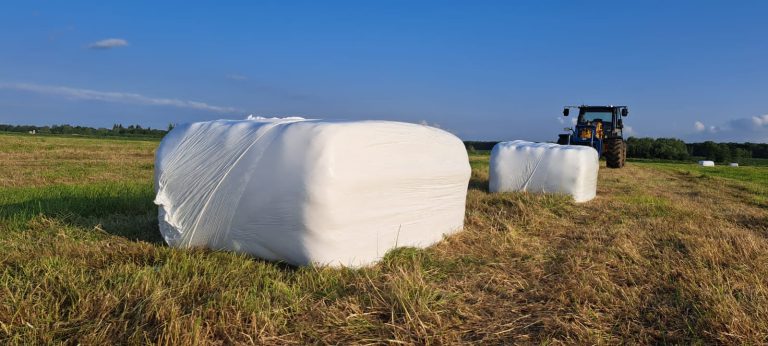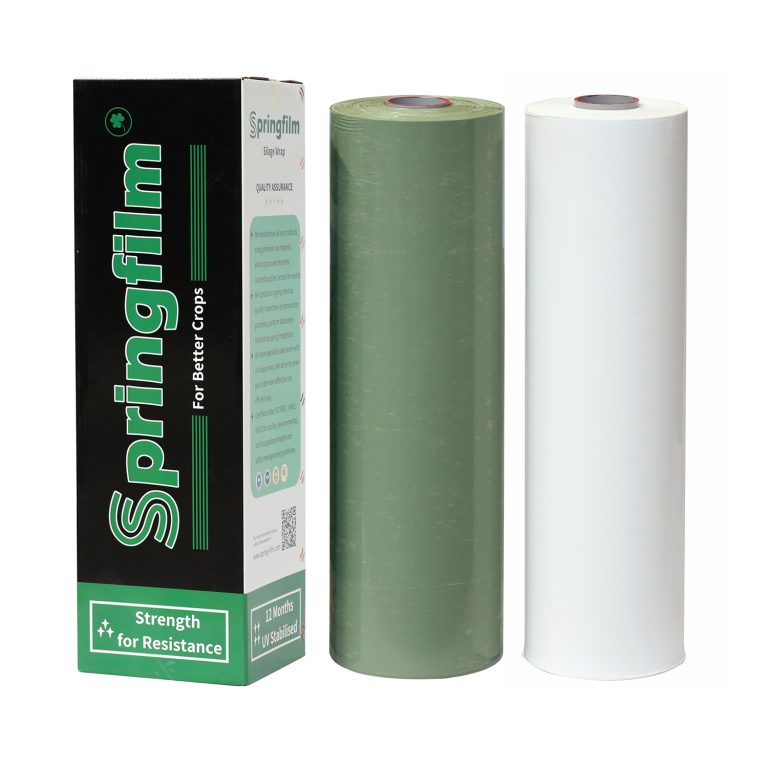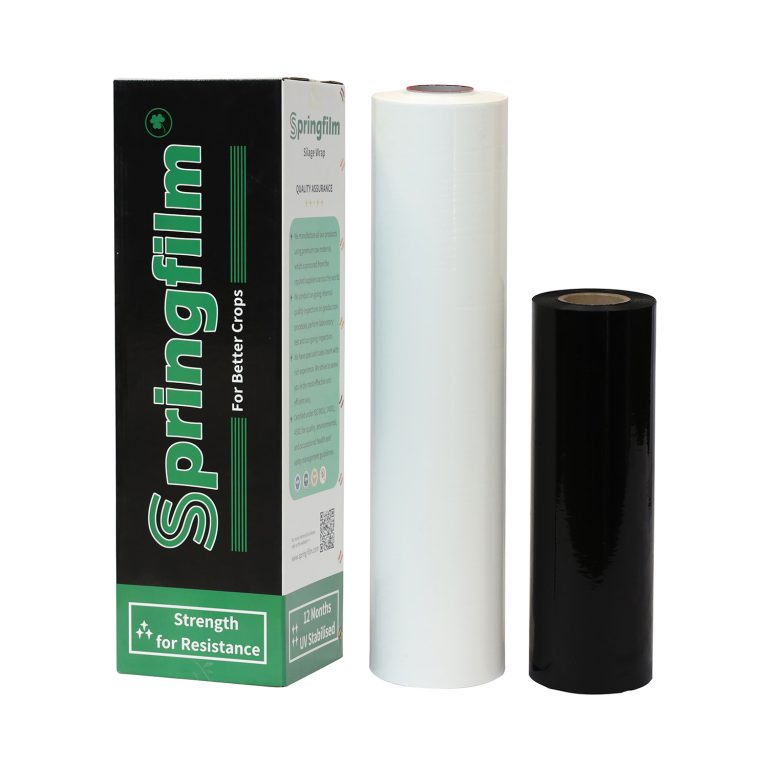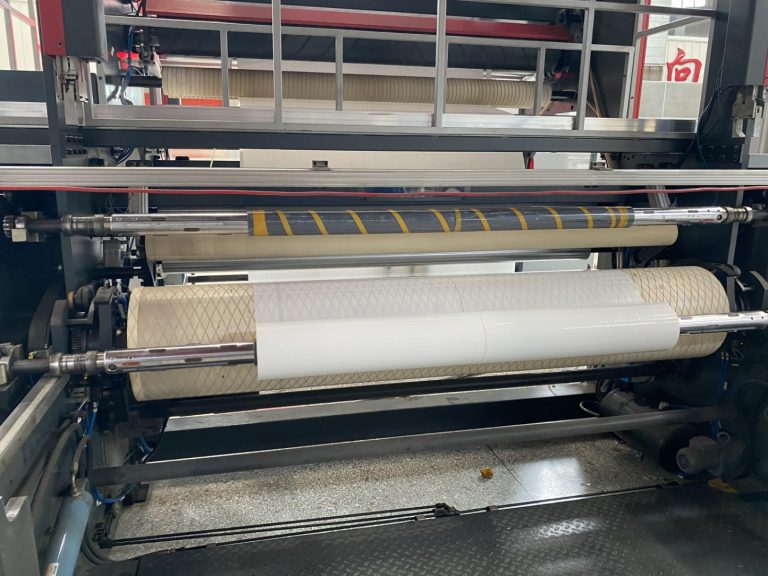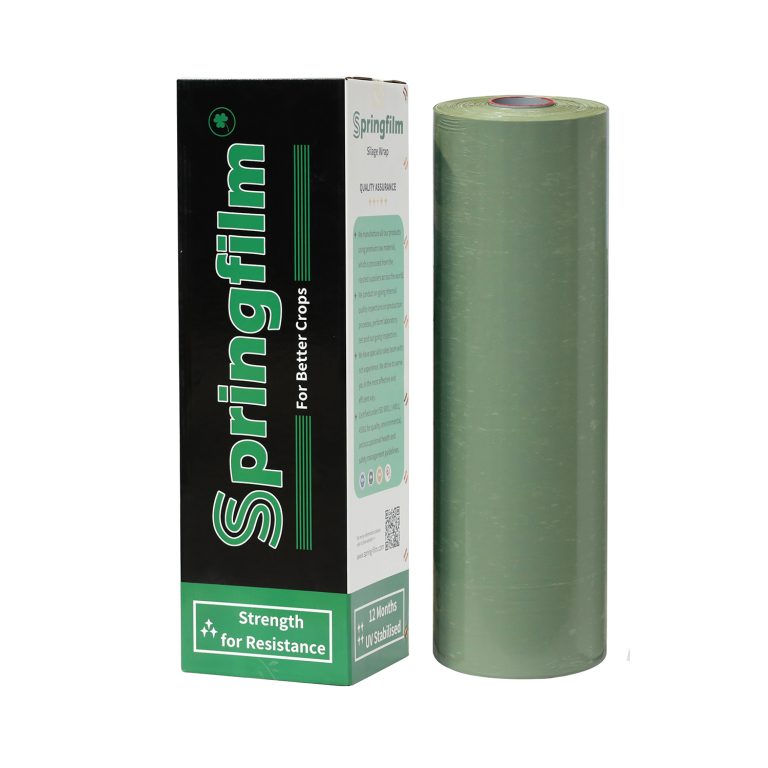The duration for silage fermentation before feeding can vary depending on factors such as the type of forage, moisture content, and the specific fermentation process used. Bale wrap supplier|Silage film for agricultural|5 layer silage film. However, a common recommendation is to allow silage to ferment for at least three weeks before feeding.
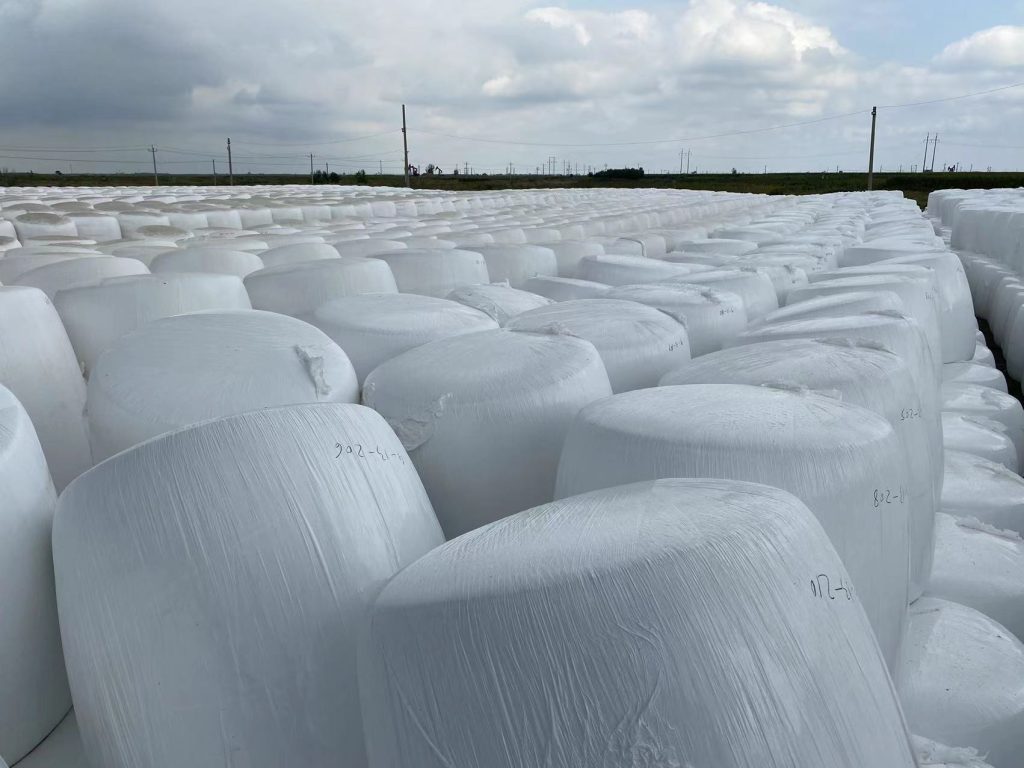
During the fermentation process, lactic acid bacteria convert sugars in the forage into lactic acid, creating a stable and preserved feed. Bale wrap supplier|Silage film for agricultural|5 layer silage film. Allowing sufficient time for this fermentation process ensures that the silage is well-preserved and safe for consumption by livestock.
Here are some general guidelines:
- Grass Silage: Grass silage often requires a shorter fermentation period compared to corn silage. Aim for a minimum of three weeks, but some farmers may choose to wait longer for improved fermentation and stability.
- Corn Silage: Corn silage, with its higher moisture content, may require a longer fermentation period. It’s recommended to wait at least three to four weeks, and in some cases, farmers may wait even longer for optimal fermentation.
- Moisture Content: The moisture content of the forage at the time of ensiling is crucial. Silage with higher moisture content may take longer to ferment. Ensuring proper moisture levels during the ensiling process is essential for successful fermentation.
- Silage Additives: Some farmers use silage additives to enhance the fermentation process and improve silage quality. These additives can potentially shorten the fermentation time, but it’s essential to follow the manufacturer’s recommendations.
- Environmental Conditions: Environmental conditions, such as temperature, can also influence the speed of fermentation. Warmer temperatures generally promote faster fermentation.
It’s crucial to regularly monitor the silage during the fermentation process, checking for signs such as a sweet-sour smell, a decrease in pH, and the absence of mold or off-putting odors. Bale wrap supplier|Silage film for agricultural|5 layer silage film. If any issues arise during fermentation, adjustments may need to be made.

